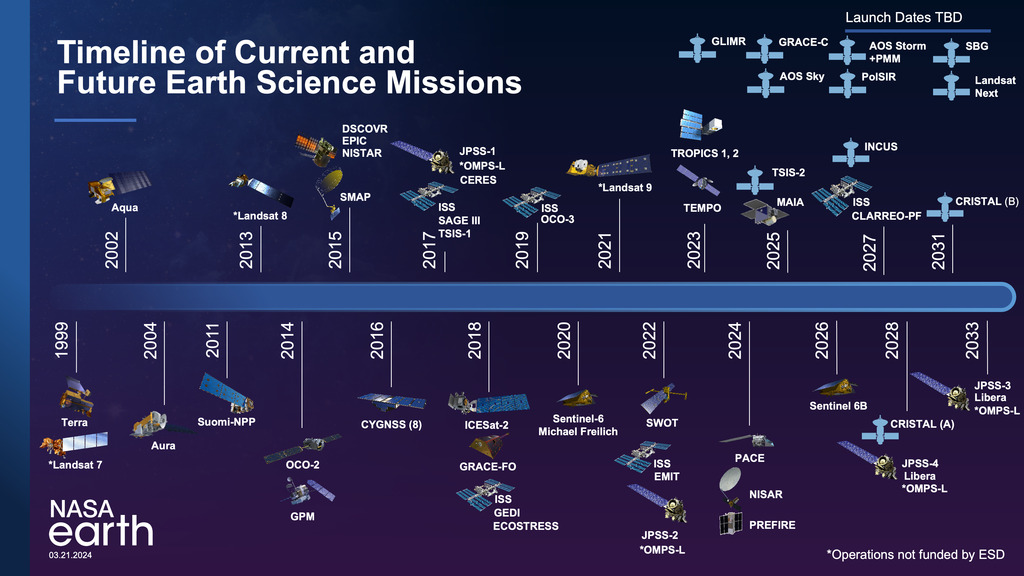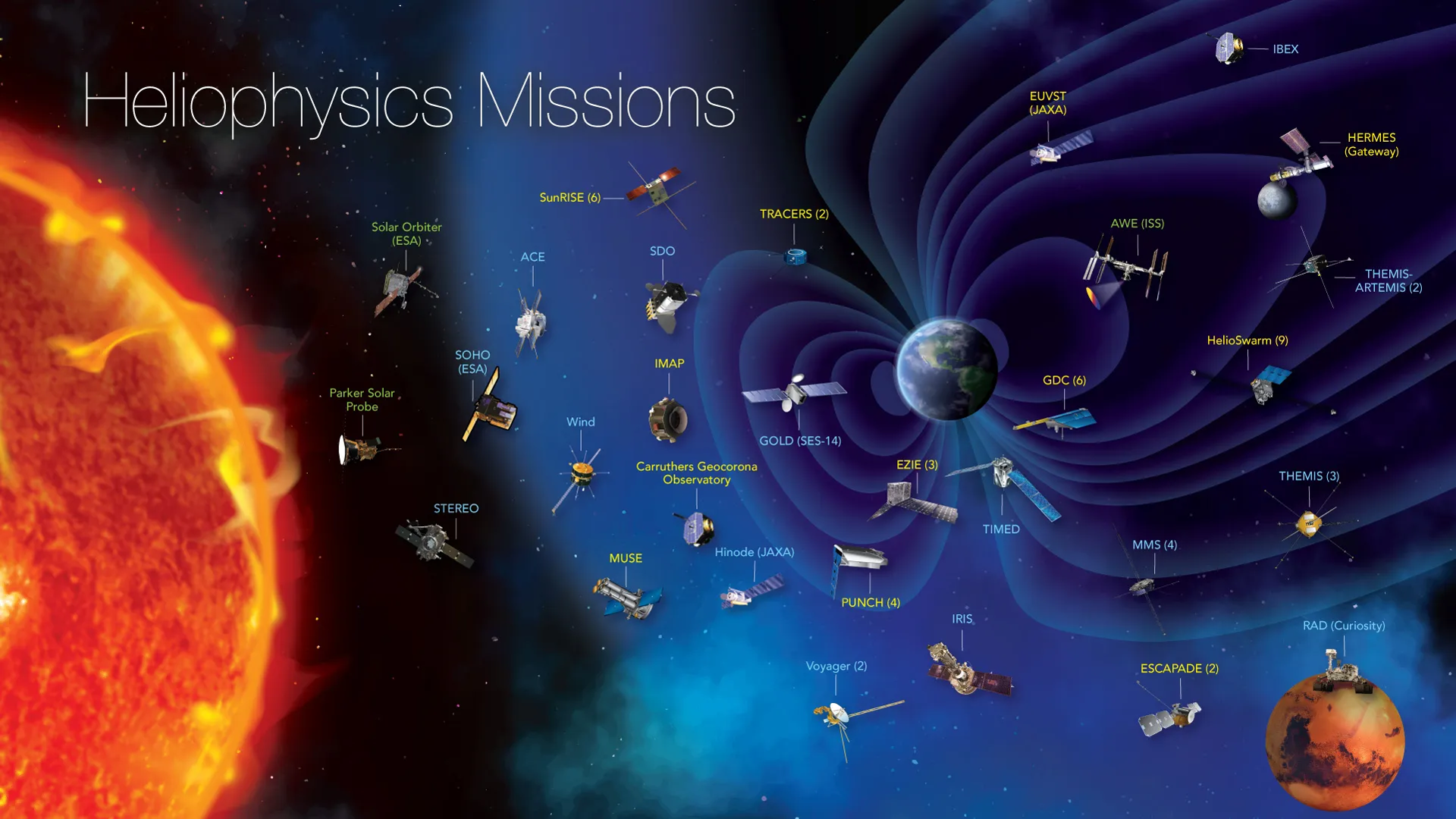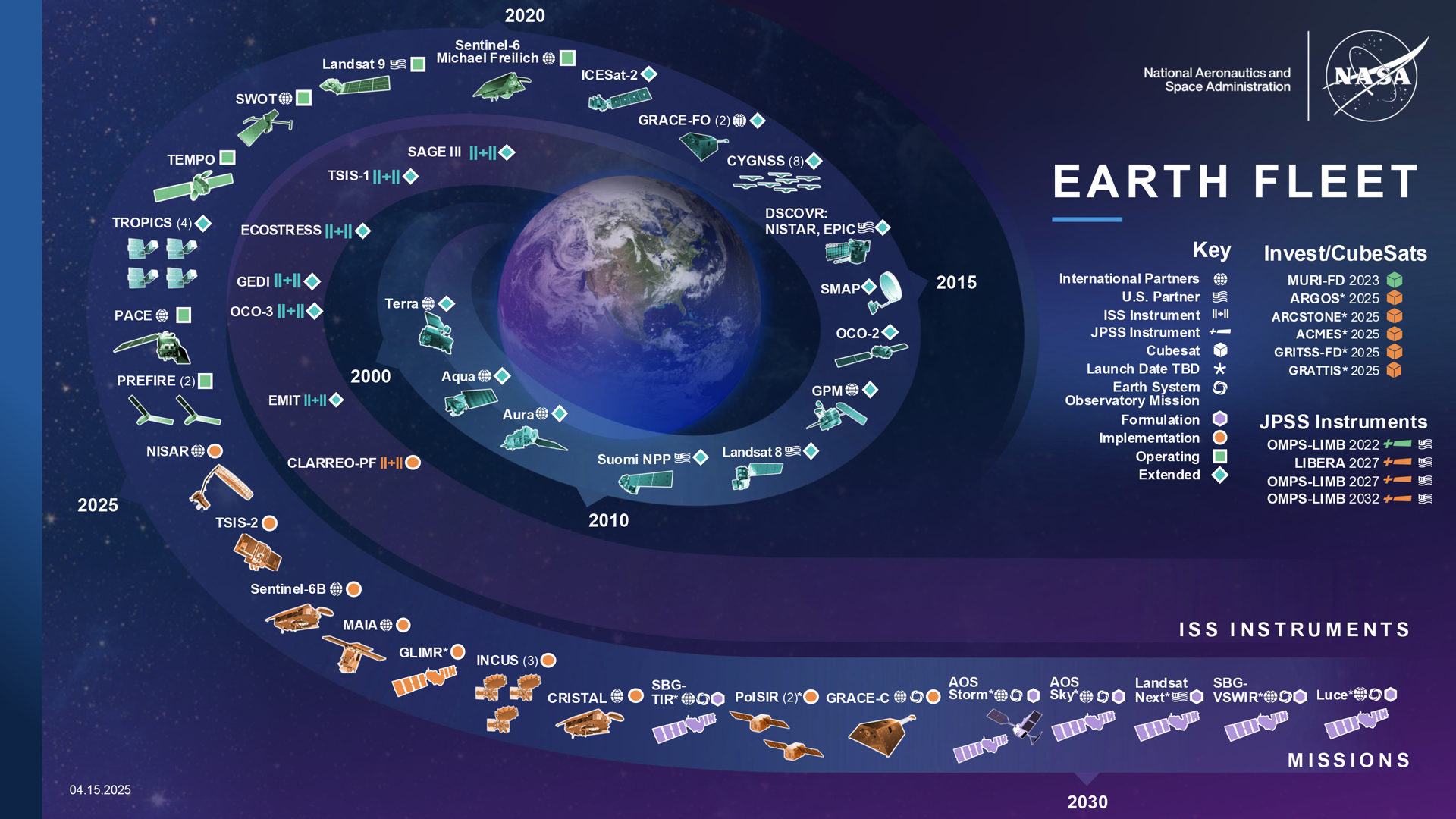NASA's SmallSat & Cubesat Fleet

NASA's current SmallSat and CubeSat fleet
Small spacecraft and satellites help NASA advance scientific and human exploration, reduce the cost of new space missions, and expand access to space. Through technological innovation, small satellites enable entirely new architectures for a wide range of activities in space with the potential for exponential jumps in transformative science.

The CSLI or CubeSat Launch Initiative

CubeSats by the numbers
Credits
Please give credit for this item to:
NASA's Goddard Space Flight Center
-
Technical support
- Amy Moran (Global Science and Technology, Inc.)
Release date
This page was originally published on Tuesday, July 16, 2019.
This page was last updated on Friday, June 6, 2025 at 12:28 AM EDT.






